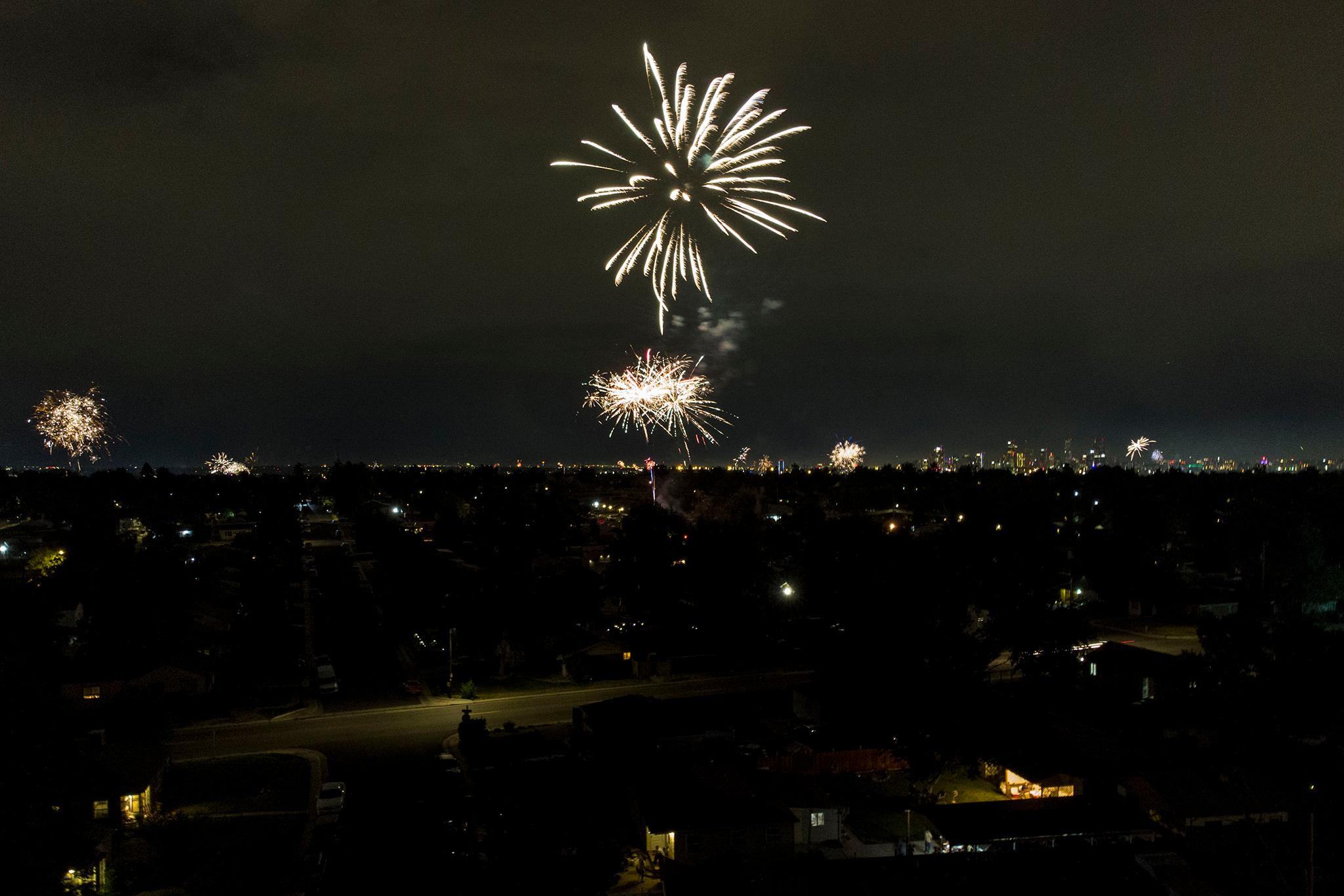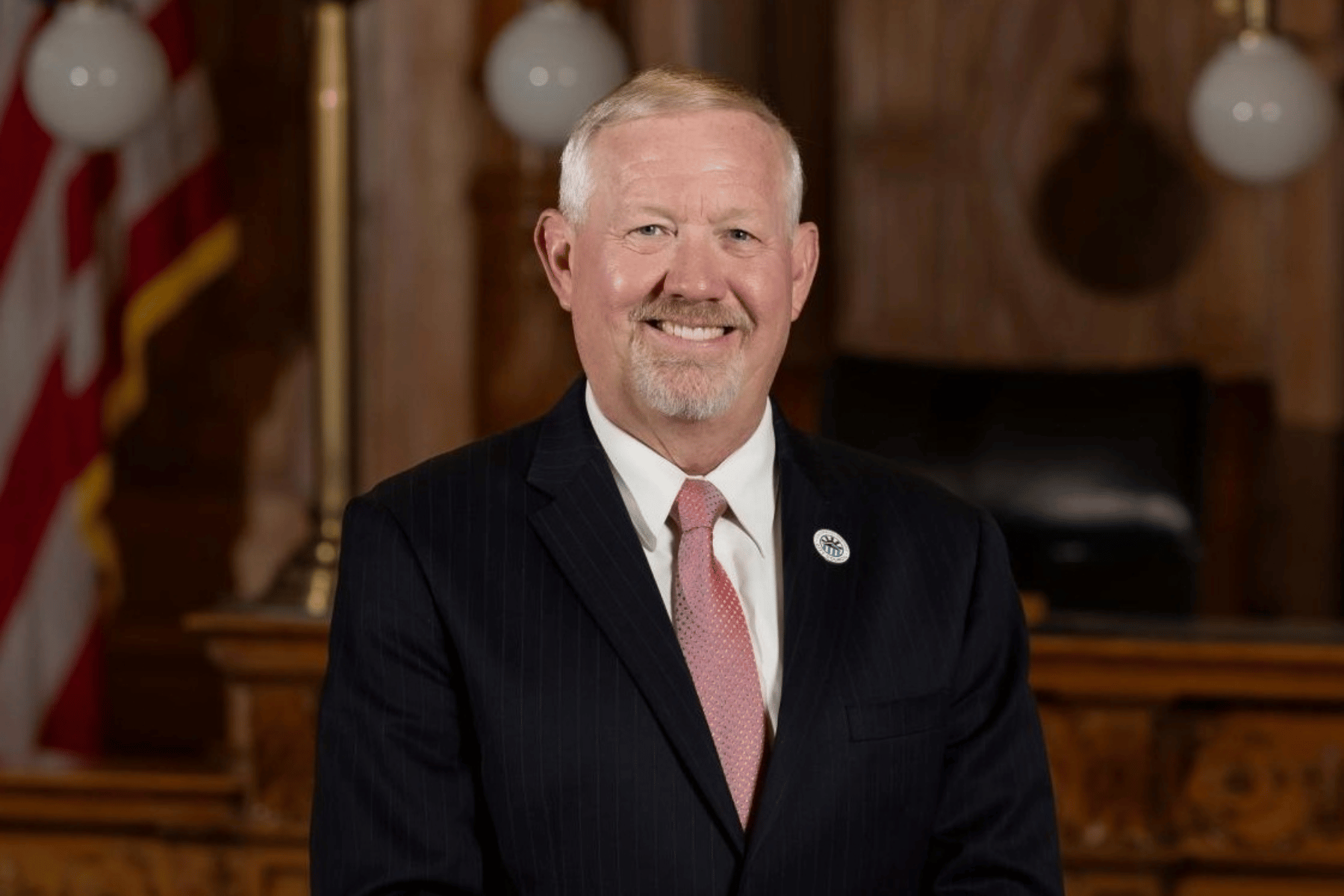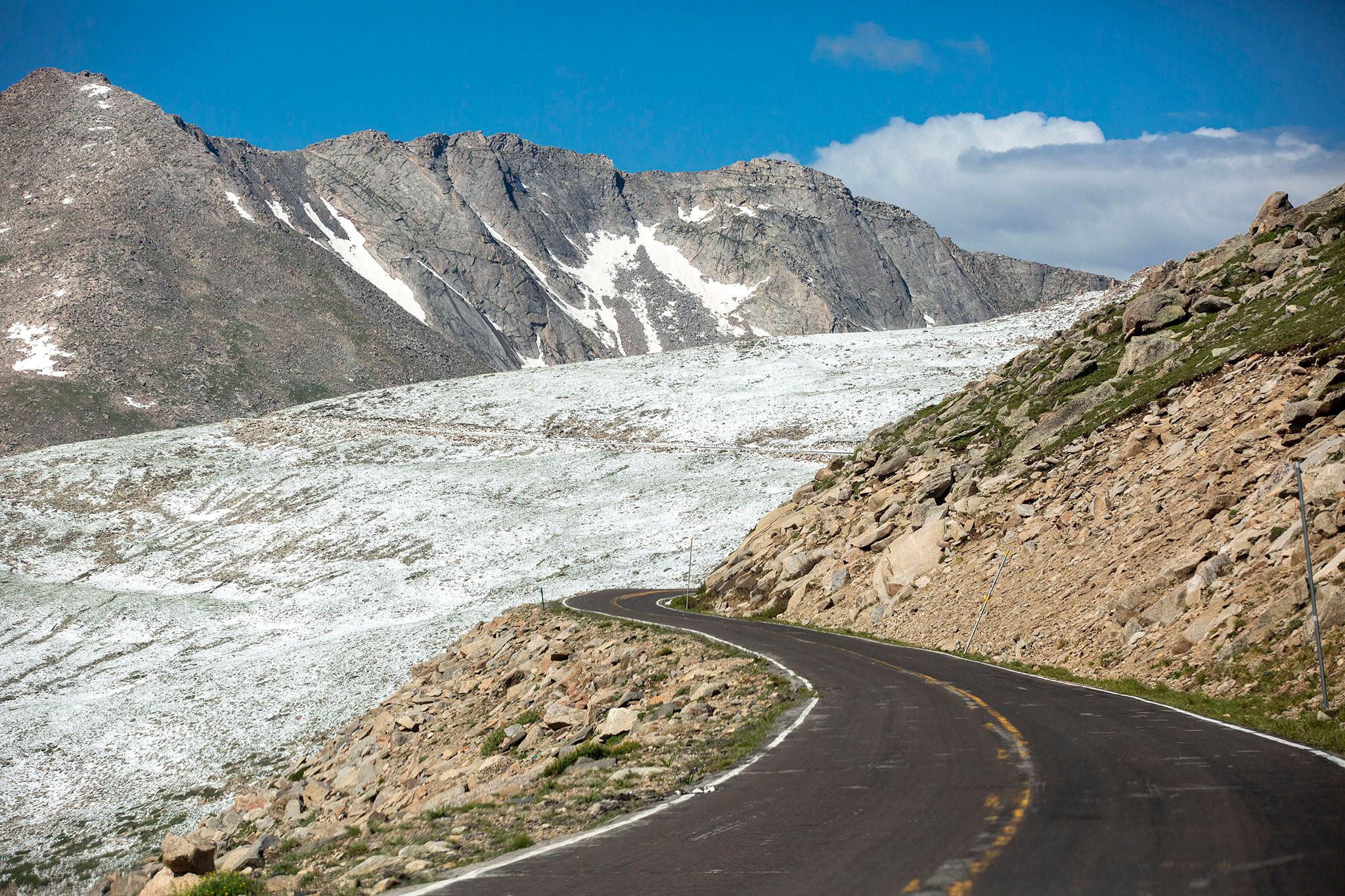
You’ve got a few days left to drive up the highest road in North America.
State Highway 5, better known as the Mount Blue Sky Scenic and Historic Byway, will close to traffic on Sept. 3 and won’t open until 2026. Federal highway officials are planning $7.5 million in much-needed repairs to a three-quarter-mile stretch of road next year near the Summit Lake parking lot that sits at nearly 13,000 feet.
Motorists must book a reservation to drive the highway; tickets for Friday, Saturday and Sunday are sold out. Additional tickets for Monday will be released at 8 a.m. Saturday on Recreation.gov.
The road, which was built about a century ago, is partially responsible for its own sorry state.
Researchers with the Colorado Department of Transportation and Colorado State University found that the slab of black asphalt — which core samples show is up to three feet thick in places — soaks up heat from the sun and melts up to 15 feet of permafrost below. That soil constantly freezes and thaws, heaving and buckling the pavement.
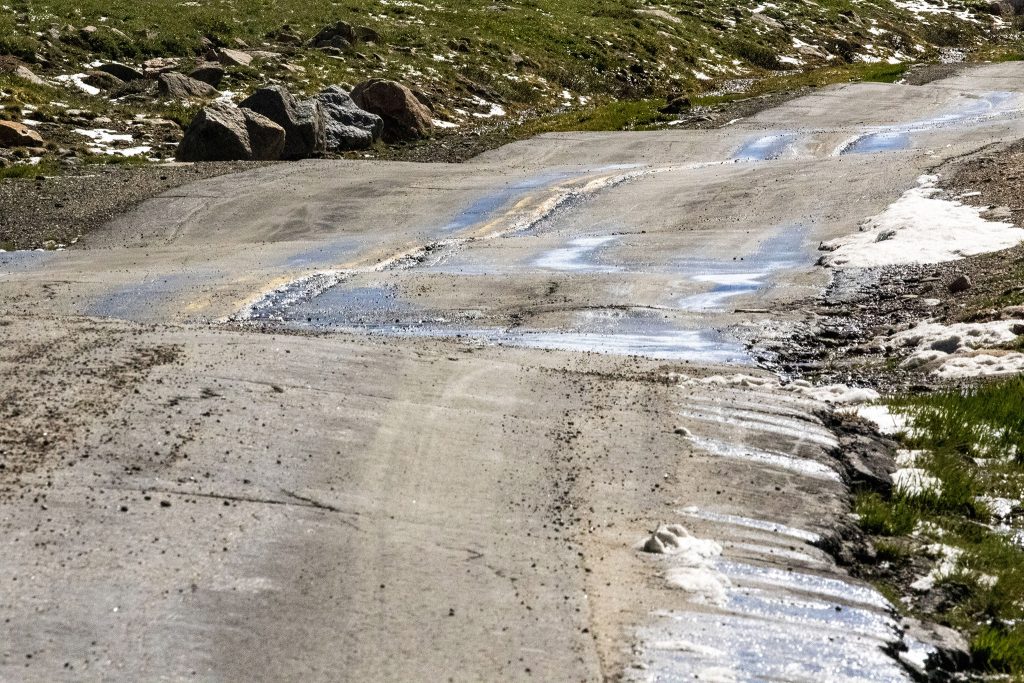
A ditch next to the road also collects water from the mountainside above, some of which seeps under the road and helps conduct heat and melt more permafrost.
“It’s just this runaway feedback loop,” Colorado State University research scientist Jeremy Shaw told CPR News in 2021.
Shaw and his teammates also found the road’s disruption of water flow has destroyed some mosses and other fragile native plants.
But a newly designed road should help fix things up.
Shaw reviewed scientific research from across the globe, even checking in with peers in Tibet and Alaska who’ve written papers on the ecology of high-elevation roads. He recommended that a rebuilt road be elevated on an embankment built of grapefruit- and basketball-sized rocks — a practice common in similar ecosystems elsewhere.
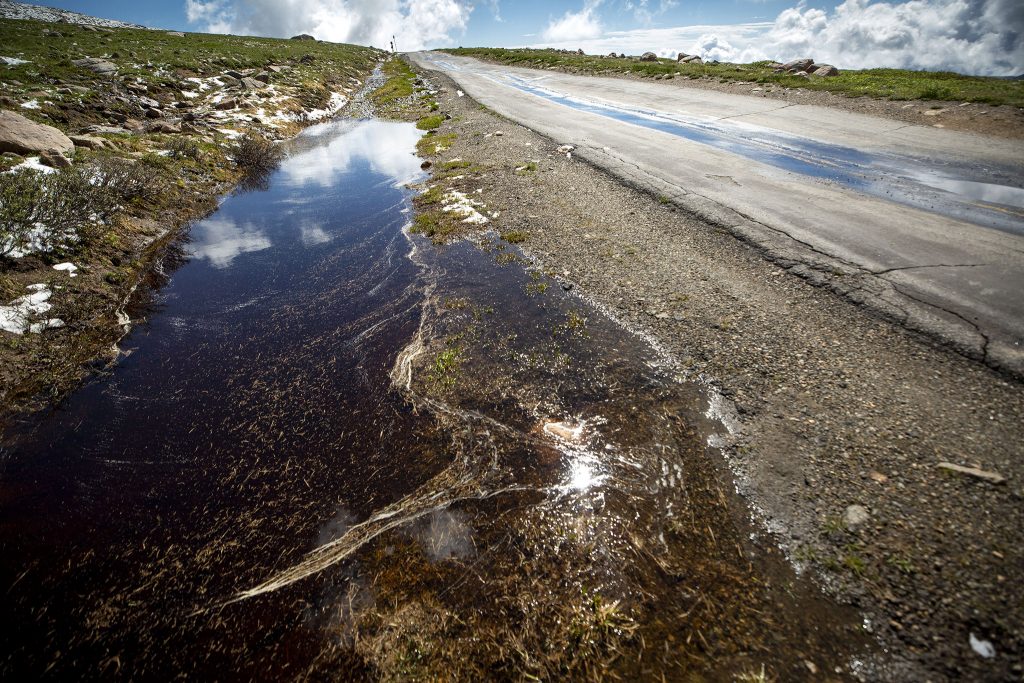
“In the summertime, it's more like insulation,” Shaw said in an interview this week. “And in the wintertime it actually pulls heat from the ground and releases it to the atmosphere.”
Shaw said this upgrade would also help water flow through the embankment and help restore dried wetlands and dry out flooded areas.
A spokesperson for the Federal Highways Administration, which is leading the construction project, confirmed that the agency is following Shaw’s guidance.
“The design incorporates recommendations from researchers and uses engineering best practices,” the spokesperson wrote in an email.
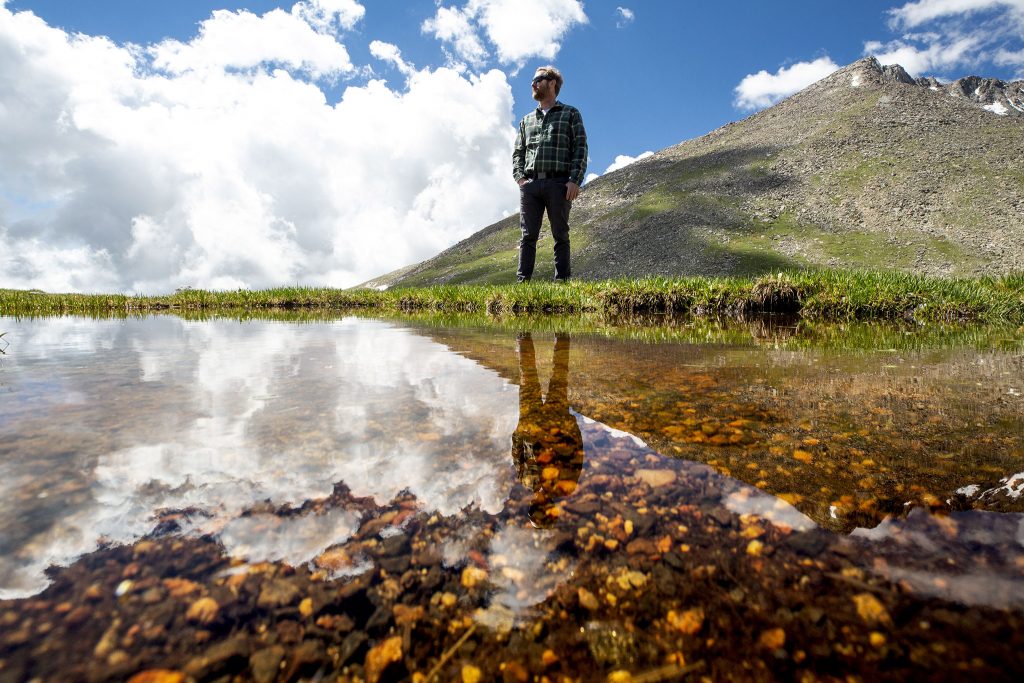
The spokesperson did not agree to a phone interview request.
Shaw said federal highway officials told him the agency didn’t have experience with non-traditional road building techniques but were willing to try new things.
“They've been extraordinarily accommodating, and they really put a lot of effort into going outside of their comfort zone,” said Shaw, adding that working on the project has been a “career highlight.”
When it reopens, Shaw said the road will be elevated four to five feet higher than where it is now. Crews will start work soon on a small abandoned dirt road near the Summit Lake parking lot where an old ditch is wreaking havoc on water flow, Shaw said.
“They're going to do as much as they can this fall until the snow chases them out,” Shaw said.
The road will close to vehicles, hikers and cyclists through the spring of 2026, the Forest Service said in a press release. Hikers, however, can still reach the summit by other trails.

